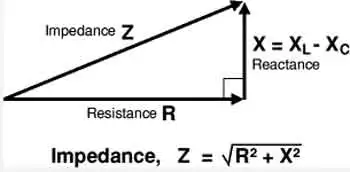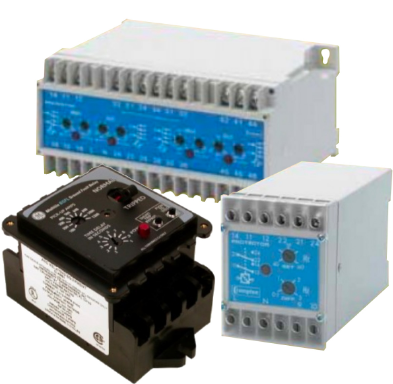Power Quality Analyzer Explained
By R.W. Hurst, The Electricity Forum
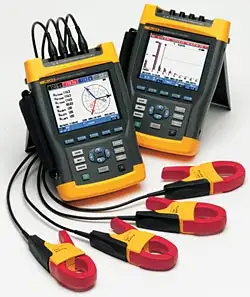
Power Factor Training
Our customized live online or in‑person group training can be delivered to your staff at your location.
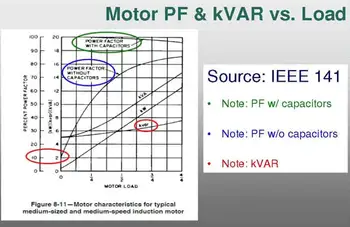
- Live Online
- 6 hours Instructor-led
- Group Training Available
Download Our OSHA 3873 Fact Sheet – Minimum Approach Distance and Training Requirements
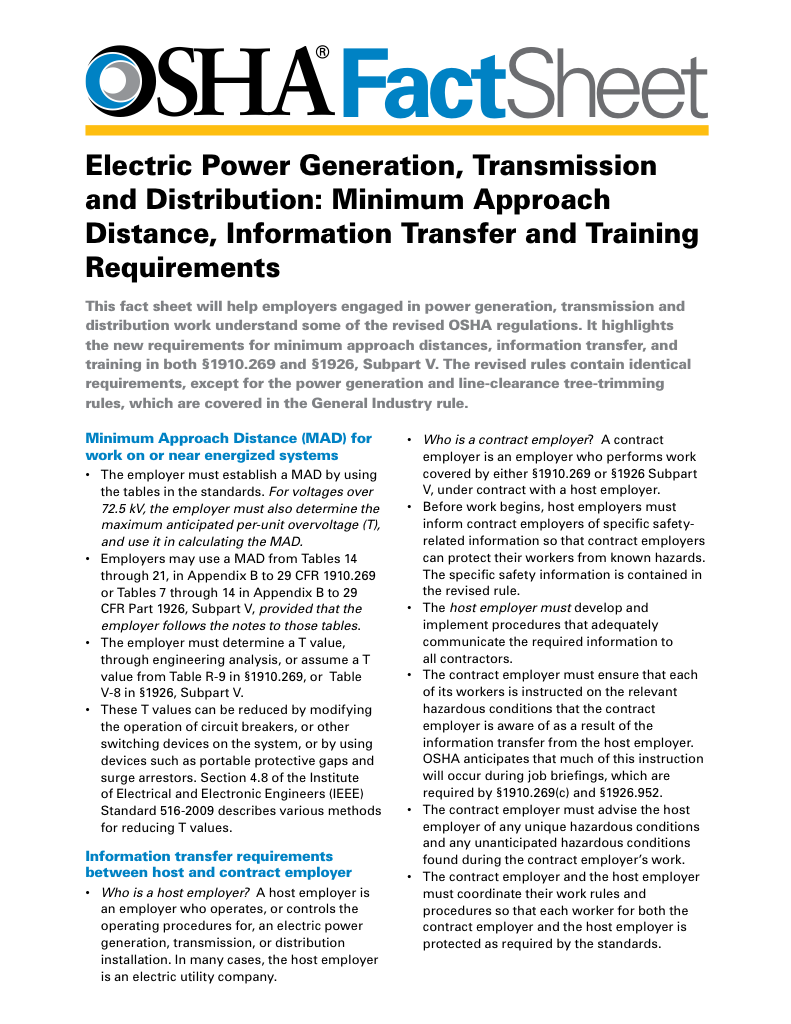
- Calculate MAD using voltage and overvoltage values
- Ensure proper communication between host and contract employers
- Meet OSHA training requirements for qualified electrical workers
A power quality analyzer measures voltage, current, frequency, and harmonics to detect power disturbances, monitor energy efficiency, and ensure compliance with electrical standards.
What is a Power Quality Analyzer?
A power quality analyzer is a diagnostic instrument designed to monitor, measure, and analyze electrical parameters that affect system stability and reliability. It:
✅ Identifies disturbances such as harmonics, sags, surges, and transients
✅ Monitors voltage, current, and frequency for energy efficiency
✅ Ensures compliance with power quality (PQ) and electrical safety standards
Power Quality Analysis Training
Request a Free Power Quality Training Quotation
Modern industry, commerce, and infrastructure all rely on a steady, reliable supply of electricity. Factories, data centers, hospitals, and transportation systems cannot afford interruptions, yet the quality of electricity is not always consistent. Disturbances such as voltage sags, harmonic distortion, or sudden transients can reduce efficiency, damage sensitive equipment, and lead to costly downtime. A power quality analyzer provides the diagnostic insight needed to detect these problems, optimize performance, and ensure compliance with international standards.
Unlike simple meters, these devices provide a complete picture of how energy is being delivered and consumed. They are essential for identifying issues that cause energy inefficiency, equipment malfunctions, or violations of global PQ standards.
What It Measures
A power quality analyzer measures key electrical parameters—including voltage, current, frequency, and harmonics—to detect disturbances, evaluate efficiency, and ensure compliance with PQ standards.
-
Detects disturbances such as harmonics, sags, surges, and transients
-
Monitors voltage, current, power, and frequency for energy efficiency
-
Ensures compliance with PQ and electrical safety standards
Beyond these essentials, analyzers also capture values such as power factor, demand, and peak demand—typically measured in watts (W), volt-amperes (VA), and reactive volt-amperes (VAR). These metrics help engineers identify recurring patterns and uncover inefficiencies before they escalate into costly failures.
FREE EF Electrical Training Catalog
Download our FREE Electrical Training Catalog and explore a full range of expert-led electrical training courses.

- Live online and in-person courses available
- Real-time instruction with Q&A from industry experts
- Flexible scheduling for your convenience
How It Works – Key Components
Power quality analyzers function through a step-by-step process of sensing, conversion, and analysis that transforms raw voltage and current signals into detailed reports on harmonics, transients, and overall PQ. It operates through a systematic process of sensing, processing, and reporting:
-
Sensors measure voltage, current, and frequency across phases
-
Analog-to-digital conversion transforms signals into digital data
-
DSP algorithms analyze harmonics, flicker, and transients
-
Waveform capture records short-lived events like lightning strikes or switching surges
-
Reporting functions generate compliance reports aligned with IEC and IEEE standards
This workflow provides both an immediate snapshot and a long-term historical record of PQ, enabling users to pinpoint both sudden disruptions and long-term inefficiencies.
Device Types
"Power quality analyzers are available in different types, from portable units for field troubleshooting to fixed systems and multifunctional models, each designed to address specific monitoring and diagnostic needs.
They come in several forms to meet different needs:
-
Portable analyzers – used by field technicians for troubleshooting, audits, and temporary monitoring
-
Fixed or installed systems – permanently mounted for continuous monitoring and automatic reporting
-
Specialized harmonic analyzers – designed to diagnose harmonic distortion in facilities with nonlinear loads
-
Multifunctional analyzers – combining monitoring, event capture, and remote communication for advanced diagnostics
Comparative Table of PQ Analyzers
| Device Type | Primary Use | Key Features | Best Suited For |
|---|---|---|---|
| Portable Analyzer | Field troubleshooting, temporary audits | Lightweight, flexible, short-term monitoring, quick setup | Technicians, maintenance teams, energy audits |
| Fixed/Installed System | Continuous monitoring and reporting | Permanently mounted, automated data logging, integrates with facility systems | Industrial plants, commercial buildings, utilities |
| Specialized Harmonic Analyzer | Detecting harmonic distortion in nonlinear loads | Focused harmonic analysis, advanced waveform capture | Manufacturing with drives, IT equipment, heavy electronics |
| Multifunctional Analyzer | Comprehensive monitoring and diagnostics | Measures voltage, current, power factor, harmonics; remote communication, event capture | Large facilities, utilities, smart grids, data centers |
Applications Across Industries
Power quality analyzers are applied across industries where reliable electricity is essential, helping organizations in manufacturing, healthcare, utilities, and transportation maintain efficiency, compliance, and uninterrupted operations.
Because electrical disturbances affect every sector, analyzers are used widely:
-
Industrial facilities – monitor motor loads, detect voltage sags, and prevent costly downtime
-
Commercial buildings – ensure energy efficiency and compliance with utility requirements
-
Healthcare – safeguard sensitive equipment such as MRI scanners and life-support systems
-
Utilities & smart grids – track system reliability, manage distributed energy resources, and analyze electrical distribution
-
Transportation & data centers – maintain uninterrupted operation in mission-critical environments
Key Standards
To ensure accurate measurements and global consistency, power quality analyzers follow established international standards that define voltage quality parameters and harmonic limits.
To ensure accuracy, they follow international guidelines:
-
IEC 61000-4-30 – defines measurement methods for voltage quality
-
IEEE 519 – provides guidelines for harmonic control in electrical systems
-
EN 50160 – establishes European voltage quality standards for public distribution networks
Compliance with these standards ensures consistent and reliable results across industries and jurisdictions.
Safety and Best Practices
Because power quality analyzers often connect to live electrical systems, safe operation and proper data interpretation are critical to protecting workers, equipment, and overall system reliability.
Because analyzers are often connected to live systems, safe operation is crucial:
-
Only qualified personnel should install or operate the equipment
-
Proper grounding and isolation must be used to avoid measurement errors or equipment damage
-
Data should be interpreted by trained engineers to ensure corrective measures—such as harmonic filters, voltage regulation, or load balancing—are effective and safe
These precautions protect workers, safeguard equipment, and ensure that diagnostic outcomes lead to meaningful improvements.
Why a Power Quality Analyzer Matters
The true value of a PQ analyzer lies in its ability to transform invisible disturbances into actionable insights. By monitoring voltage, current, harmonics, and transients, these instruments provide the knowledge needed to reduce downtime, extend equipment lifespan, and comply with international standards. Whether portable or permanently installed, they have become essential tools across industries that depend on reliable electricity.
Related Pages





